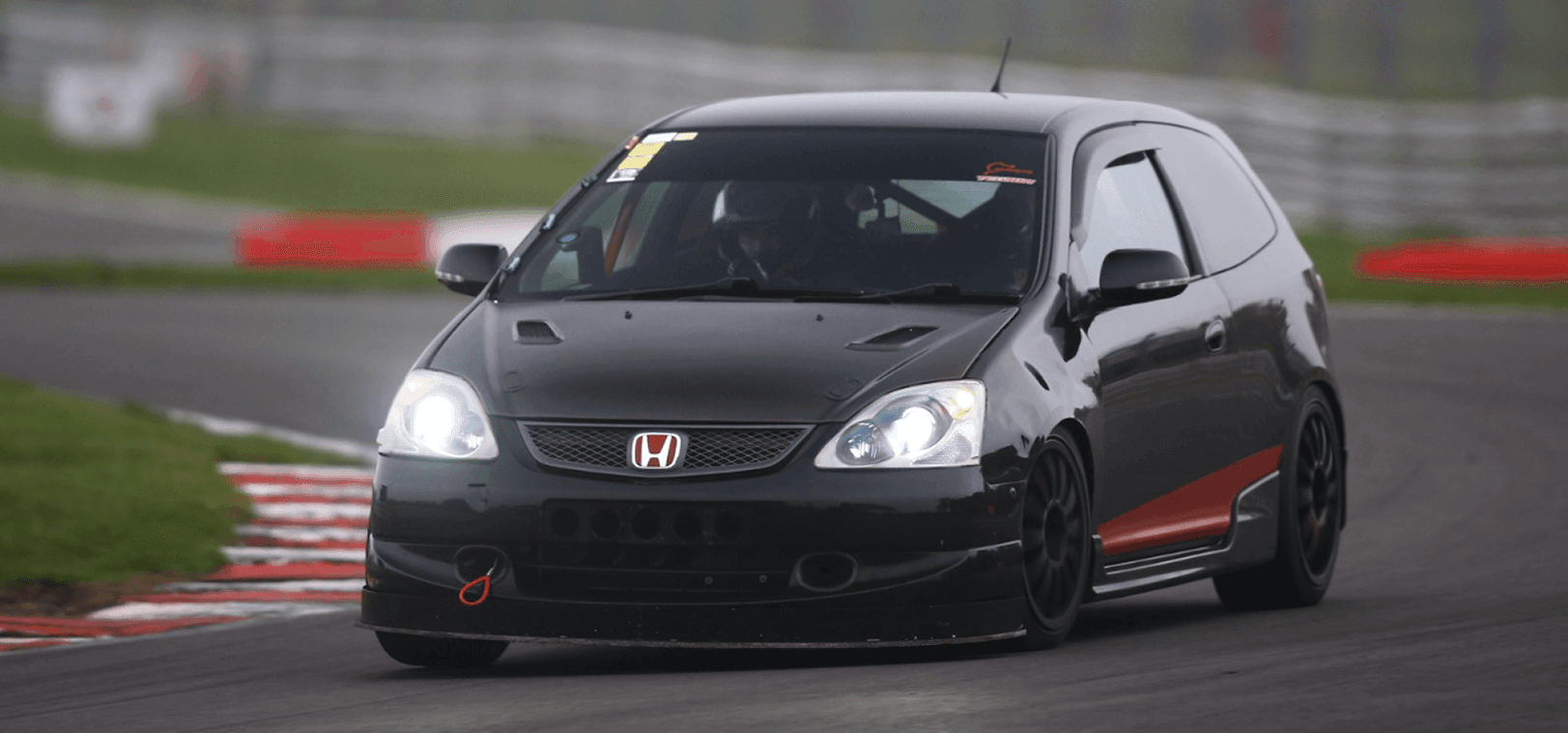Peace of mind for every turn!
We are the UK's leading provider of trackday insurance
For more than 20 years, Moris has provided the best personal service and the most comprehensive online trackday insurance product in Europe. Combining specialised underwriting with a unique online concept, we are the preferred choice for UK trackday drivers.
On-track protection
Stay well-protected on your trackday with our single or multi-day accident damage insurance.
Quick and convenient
Create an account, fill out a short webform to get an instant quote & buy insurance online.
20 years of experience
Combining personal, specialized underwriting service with a unique online concept.


Cars under £ 80.000
Provide a few details on your car/trackday - instant quote / purchase.

Cars over £ 80.000
We strive to send our quote the same day and most receive it within 24 hours with a direct link to secure online payment. Give us a call if you need it quicker.
Sign up to our newsletter!
Get discounts, special offers, trackday news and free insurance tips
You can unsubscribe from the newsletter at any time. We guarantee that we will not pass on your e-mail to others, ref. our Privacy Policy.
How to get cover
Buying your trackday insurance with us is fast, simple and secure. Here is a step-by-step guide:
- Log-in, or set-up your account if you are a new user.
- Select if the value of your car is under or over £ 80.000.
- Fill in a few details about your car, the trackday etc.
- Select if you want a one day or a multi-day insurance w. discount.
- You only need to know the date of your (first) trackday.
- Just update upcoming days on your account, before you go on track.
- Select any add-ons you would like such as vehicle recovery.
- Your insurance quote is calculated instantly.
- Buy the insurance using secure online payment.
- All quotes and documents are sent on e-mail and stored under your account.
For cars over £ 80.000 your request is reviewed personally by our underwriting specialists. We strive to send our quote the same day and most receive it within 24 hours with a direct link to secure online payment. Give us a call if you need it quicker.
Contact us
If you have a question or want to report a claim, you can always get in touch with us in one of several ways:
Our Customer Service is available every weekday and weekend.
Welcome to Moris Trackday Insurance
For over 20 years, we have helped drivers stay well insured when going on track
Combining a unique online concept with personal underwriting service, we offer stand-alone, single or multi-day trackday accident damage insurance to drivers in all of Europe.
We cover most cars up to £ 200.000, so whether you're taking the family BMW or your customized Porsche 911, we've got you covered.
Our online service offers instant quotation, and you can buy the insurance via secure online payment up till one hour before you hit the track.
